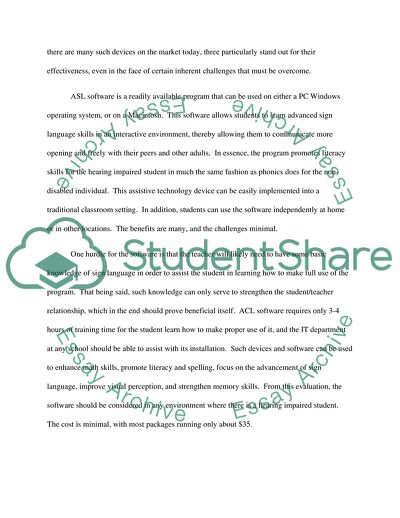Cite this document
(Evaluation of Assistive Technology for Sensory Impairments Assignment - 1, n.d.)
Evaluation of Assistive Technology for Sensory Impairments Assignment - 1. https://studentshare.org/education/1801937-assignment-assistive-technology-for-visual-and-hearning-impairments
Evaluation of Assistive Technology for Sensory Impairments Assignment - 1. https://studentshare.org/education/1801937-assignment-assistive-technology-for-visual-and-hearning-impairments
(Evaluation of Assistive Technology for Sensory Impairments Assignment - 1)
Evaluation of Assistive Technology for Sensory Impairments Assignment - 1. https://studentshare.org/education/1801937-assignment-assistive-technology-for-visual-and-hearning-impairments.
Evaluation of Assistive Technology for Sensory Impairments Assignment - 1. https://studentshare.org/education/1801937-assignment-assistive-technology-for-visual-and-hearning-impairments.
“Evaluation of Assistive Technology for Sensory Impairments Assignment - 1”. https://studentshare.org/education/1801937-assignment-assistive-technology-for-visual-and-hearning-impairments.


